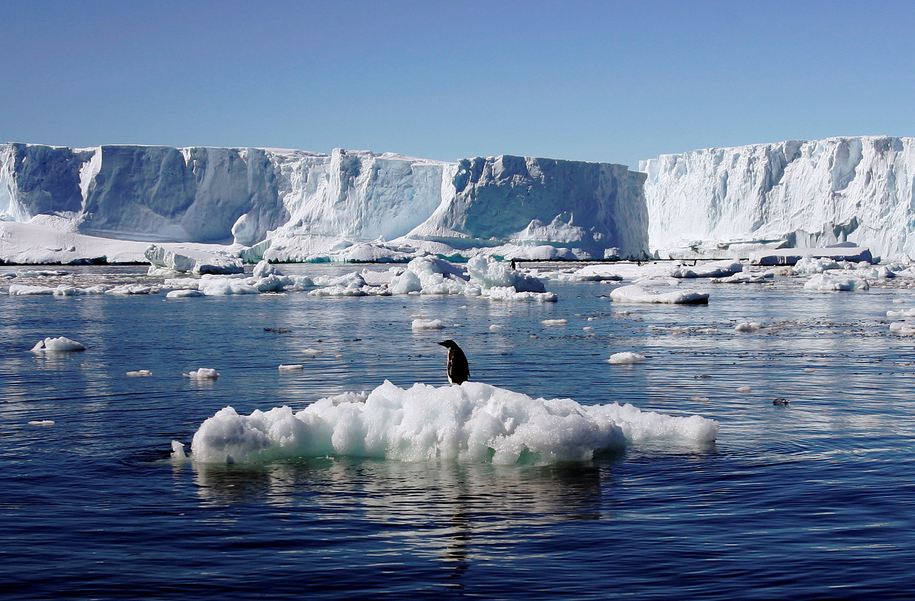Antarctica’s new heat record has just been unveiled by the United Nations (UN). The record heat was reached last year, in February 2020, at Argentina’s Esperanza research station.
Global warming and climate change continue to shape Earth’s future and it seems that we can’t do much. Scientists, however, urge us to raise awareness about Antarctica’s current situation and support the scientific field.
Here is what you need to know.
New Heat Record Details
The UN confirmed a reading of 18.3 degrees Celsius (64.9 degrees Fahrenheit) on the Antarctic Peninsula. The area is now one of the fastest-warming regions of the planets, approximately 3C over the last five decades.
“Verification of this maximum temperature record is important because it helps us to build up a picture of the weather and climate in one of Earth’s final frontiers,” explained Petteri Taalas, the WMO secretary-general.
Research insights
The WMO committee found that a notable high-pressure system produced downslope winds triggering significant local surface warming. Previous measurements have shown that such conditions are the culprit for producing record temperatures.

Now, the new record at Esperanza will be introduced in the WMO’s archive of climate and weather extremes. The archive also comprises Earth’s lowest and highest temperatures, a maximum gust of wind, longest lightning flash, longest dry period, and weather-related mortalities.
According to the WMO, the lowest temperature recorded was -89.2C (-128.6 F) at the Vostok station in Antarctica back in 1983, on July 21.
Global Warming is a Real Concern
“This new record shows once again that climate change requires urgent measuremes,” stated Celeste Saulo, the WMO first vice president, and the head of Argentina’s national weather service.
Our planet’s average surface temperature has already risen up by 1C since the 19th century. As for Antarctica’s average annual temperatures, they range from -10 C (14 F) on the coast to -60C (-76F) at the highest parts of the interior.
Such changes could trigger the melting of ice sheets atop Greenland and the West Antarctic. The oceans would rise up to 13 meters (43 feet). And the worst part is that we won’t be able to stop it.












Leave a Reply